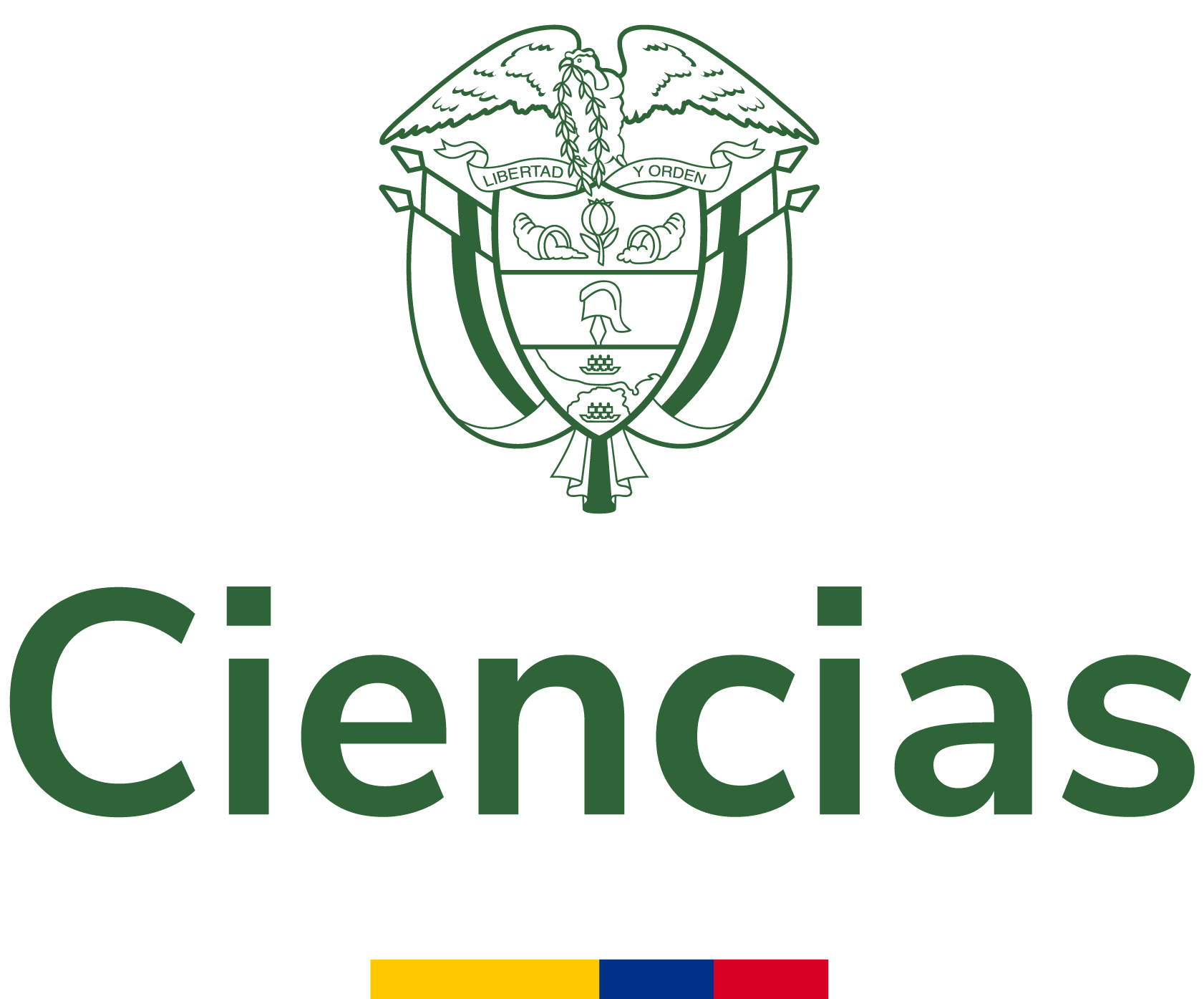Determination of thermodynamic parameters and design of a hydrogen fuel cell level pilot plant
The clean alternative energy production is a challenge facing society, therefore, through the analysis and design made a prototype production cell hydrogen proton-type pilot plant level (PEM), operating in potentiostatic conditions1V, 1.23 V and 5 V and galvanostatic conditions of 30 mA, 40 ...
- Autores:
- Tipo de recurso:
- Fecha de publicación:
- 2019
- Institución:
- Universidad Católica de Pereira
- Repositorio:
- Repositorio Institucional - RIBUC
- Idioma:
- spa
- OAI Identifier:
- oai:repositorio.ucp.edu.co:10785/9828
- Acceso en línea:
- https://revistas.ucp.edu.co/index.php/entrecienciaeingenieria/article/view/621
http://hdl.handle.net/10785/9828
- Palabra clave:
- Rights
- openAccess
- License
- Derechos de autor 2019 Entre Ciencia e Ingeniería
| id |
RepoRIBUC_d2d6de3d0415f61d800fc93a37956e48 |
|---|---|
| oai_identifier_str |
oai:repositorio.ucp.edu.co:10785/9828 |
| network_acronym_str |
RepoRIBUC |
| network_name_str |
Repositorio Institucional - RIBUC |
| repository_id_str |
|
| spelling |
Determination of thermodynamic parameters and design of a hydrogen fuel cell level pilot plantDeterminación de parámetros termodinámicos y de diseño de una celda combustible de hidrógeno a nivel de planta pilotoThe clean alternative energy production is a challenge facing society, therefore, through the analysis and design made a prototype production cell hydrogen proton-type pilot plant level (PEM), operating in potentiostatic conditions1V, 1.23 V and 5 V and galvanostatic conditions of 30 mA, 40 mA, 50 mA, 70 mA, 80 mA y 90 mA for 10 minutes, using KOH as a catalyst and four steel electrodes preactivated with 3 mm separation between them (73 cm2 surface), It was permitted to obtain the thermodynamic parameters, such as the enthalpy of the reaction, the Gibbs free energy and entropy; besides it was stablished optimal potential experimental work and energy efficiency when a Nafion 117 membrane on (surface 36 cm2) was used and in the absence of the same.La producción limpia de energías alternativas, es un reto que afronta la sociedad, por ello, a través del análisis y diseño realizado a un prototipo de celda de producción de hidrógeno tipo protónico a nivel de planta piloto (PEM), operando en condiciones potenciostáticas de 1 V, 1,23 V, y 5 V y condiciones galvanostáticas de 30 mA, 40 mA, 50 mA, 70 mA, 80 mA y 90 mA durante 10 minutos, utilizando como catalizador KOH y cuatro electrodos de acero previamente activados con una separación de 3 mm entre ellos (superficie 73 cm2), se permitió obtener los parámetros termodinámicos como son la entalpia de la reacción, la Energía Libre de Gibbs, y la Entropía; además se estableció el potencial de trabajo experimental óptimo y la eficiencia energética cuando se utilizaba una membrana Nafion117 activada (superficie 36 Cm2) y en ausencia de la misma.Universidad Católica de Pereira2022-06-01T19:08:38Z2022-06-01T19:08:38Z2019-07-25Artículo de revistahttp://purl.org/coar/resource_type/c_6501http://purl.org/coar/version/c_970fb48d4fbd8a85info:eu-repo/semantics/articleinfo:eu-repo/semantics/publishedVersionhttp://purl.org/coar/resource_type/c_2df8fbb1application/pdfhttps://revistas.ucp.edu.co/index.php/entrecienciaeingenieria/article/view/621http://hdl.handle.net/10785/9828Entre ciencia e ingeniería; Vol 8 No 16 (2014); 83-89Entre Ciencia e Ingeniería; Vol. 8 Núm. 16 (2014); 83-89Entre ciencia e ingeniería; v. 8 n. 16 (2014); 83-892539-41691909-8367spahttps://revistas.ucp.edu.co/index.php/entrecienciaeingenieria/article/view/621/626Derechos de autor 2019 Entre Ciencia e Ingenieríahttps://creativecommons.org/licenses/by-nc/4.0/deed.es_EShttps://creativecommons.org/licenses/by-nc/4.0/deed.es_ESinfo:eu-repo/semantics/openAccesshttp://purl.org/coar/access_right/c_abf2Reyes Pineda, Henryoai:repositorio.ucp.edu.co:10785/98282025-01-28T00:00:35Z |
| dc.title.none.fl_str_mv |
Determination of thermodynamic parameters and design of a hydrogen fuel cell level pilot plant Determinación de parámetros termodinámicos y de diseño de una celda combustible de hidrógeno a nivel de planta piloto |
| title |
Determination of thermodynamic parameters and design of a hydrogen fuel cell level pilot plant |
| spellingShingle |
Determination of thermodynamic parameters and design of a hydrogen fuel cell level pilot plant |
| title_short |
Determination of thermodynamic parameters and design of a hydrogen fuel cell level pilot plant |
| title_full |
Determination of thermodynamic parameters and design of a hydrogen fuel cell level pilot plant |
| title_fullStr |
Determination of thermodynamic parameters and design of a hydrogen fuel cell level pilot plant |
| title_full_unstemmed |
Determination of thermodynamic parameters and design of a hydrogen fuel cell level pilot plant |
| title_sort |
Determination of thermodynamic parameters and design of a hydrogen fuel cell level pilot plant |
| description |
The clean alternative energy production is a challenge facing society, therefore, through the analysis and design made a prototype production cell hydrogen proton-type pilot plant level (PEM), operating in potentiostatic conditions1V, 1.23 V and 5 V and galvanostatic conditions of 30 mA, 40 mA, 50 mA, 70 mA, 80 mA y 90 mA for 10 minutes, using KOH as a catalyst and four steel electrodes preactivated with 3 mm separation between them (73 cm2 surface), It was permitted to obtain the thermodynamic parameters, such as the enthalpy of the reaction, the Gibbs free energy and entropy; besides it was stablished optimal potential experimental work and energy efficiency when a Nafion 117 membrane on (surface 36 cm2) was used and in the absence of the same. |
| publishDate |
2019 |
| dc.date.none.fl_str_mv |
2019-07-25 2022-06-01T19:08:38Z 2022-06-01T19:08:38Z |
| dc.type.none.fl_str_mv |
Artículo de revista http://purl.org/coar/resource_type/c_6501 http://purl.org/coar/version/c_970fb48d4fbd8a85 info:eu-repo/semantics/article info:eu-repo/semantics/publishedVersion |
| dc.type.coar.fl_str_mv |
http://purl.org/coar/resource_type/c_2df8fbb1 |
| status_str |
publishedVersion |
| dc.identifier.none.fl_str_mv |
https://revistas.ucp.edu.co/index.php/entrecienciaeingenieria/article/view/621 http://hdl.handle.net/10785/9828 |
| url |
https://revistas.ucp.edu.co/index.php/entrecienciaeingenieria/article/view/621 http://hdl.handle.net/10785/9828 |
| dc.language.none.fl_str_mv |
spa |
| language |
spa |
| dc.relation.none.fl_str_mv |
https://revistas.ucp.edu.co/index.php/entrecienciaeingenieria/article/view/621/626 |
| dc.rights.none.fl_str_mv |
Derechos de autor 2019 Entre Ciencia e Ingeniería https://creativecommons.org/licenses/by-nc/4.0/deed.es_ES https://creativecommons.org/licenses/by-nc/4.0/deed.es_ES info:eu-repo/semantics/openAccess http://purl.org/coar/access_right/c_abf2 |
| rights_invalid_str_mv |
Derechos de autor 2019 Entre Ciencia e Ingeniería https://creativecommons.org/licenses/by-nc/4.0/deed.es_ES http://purl.org/coar/access_right/c_abf2 |
| eu_rights_str_mv |
openAccess |
| dc.format.none.fl_str_mv |
application/pdf |
| dc.publisher.none.fl_str_mv |
Universidad Católica de Pereira |
| publisher.none.fl_str_mv |
Universidad Católica de Pereira |
| dc.source.none.fl_str_mv |
Entre ciencia e ingeniería; Vol 8 No 16 (2014); 83-89 Entre Ciencia e Ingeniería; Vol. 8 Núm. 16 (2014); 83-89 Entre ciencia e ingeniería; v. 8 n. 16 (2014); 83-89 2539-4169 1909-8367 |
| institution |
Universidad Católica de Pereira |
| repository.name.fl_str_mv |
|
| repository.mail.fl_str_mv |
|
| _version_ |
1844494638431338496 |






